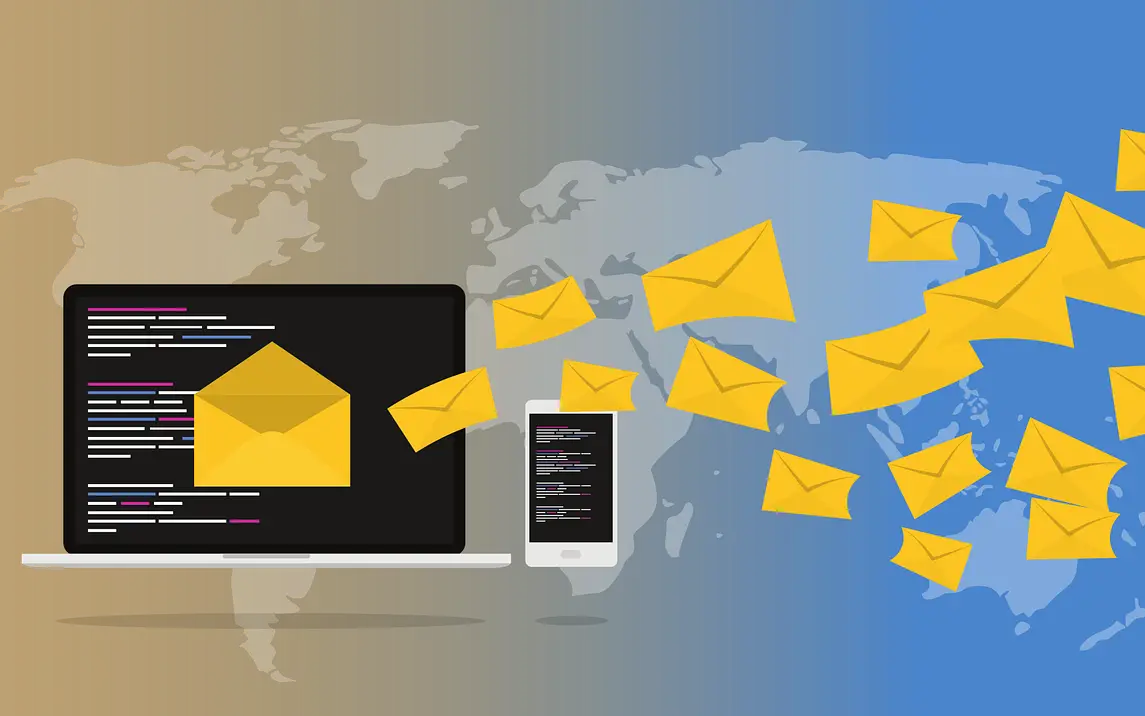On June 10, New Zealander singer Lorde dropped the first single off her new album, “Solar Power.” For almost any other pop singer, the song would have been the climax of a careful social media campaign, simultaneously announced on Instagram and Twitter on the day of the release and reshared during the following weeks.
But Lorde didn’t do any of the above. The 24-year-old artist shared the news with her fans through an email, where she detailed the circumstances under which she created the song. Since the initial release, she has sent out five other editions of her newsletter, the Solar Power Institute Bulletin. There, she announced everything from the sales of concert tickets and updates on her personal life to images of the world around her — information usually reserved for Instagram stories and tweets.
The pop star previously said that she quit traditional social media because she felt she was “losing [her] free will” and feeling “massive amounts of stress … about our planet, about systemic racism, and about police brutality.” Her choices hint toward a changing attitude regarding online communication — what some have termed “peak newsletter.”
In the past few months, newsletters have positioned themselves as alternatives to traditional social media. For example, while the Facebook algorithm is optimized for engagement and, as a result, frequently draws its users into polarizing, radical content, newsletters lack this infrastructure. At their core, they resemble a light email from a close friend. For many users who have grown disenchanted with the traditional incentives of the internet, newsletters offer an alternative — as Lorde put it in one of her emails, they are a way of “retraining our brains” away from the attention economy.
Are Newsletters New?
Arguably, newsletters have existed since Ancient Rome. However, they adopted their current form during the 1930s and ’40s as the first modern “peak newsletter” era. As the mimeograph machine became widely available and a crisis of confidence in mainstream media took hold, a number of American and British journalists started their own independent publications. Decades later, beat poets, sci-fi aficionados and lesbian activists began using newsletters to share their publications with their communities.
The first “email newsletter boom” took place mostly among female writers through TinyLetter, a platform founded in 2010. However, the newsletter deluge of the past months owes its popularity to Substack, a platform founded by Chris Best, Jairaj Sethi and Hamish McKenzie in 2017. Unlike TinyLetter, which does not allow for monetization, Substack was created with “the ostensible goals of helping writers earn money, making tiered subscription services for personal newsletters easy and accessible.”
Similar platforms, such as Twitter’s newly acquired Revue and Facebook’s Bulletin, followed after Substack, but none has been able to emulate its success so far. Substack has more than half a million paid subscribers and its top 10 publishers collectively bring in $7 million in annualized revenue.
A New Kind Of Social Media
Substack strived to position itself as an alternative to our current charged, polarized social media landscape. As Christopher Best, one of its founders, told The New York Times, “We felt this growing sense of despair in traditional social media. Twitter, Facebook, etc.—they’ve all incentivized certain negative patterns.”
Beyond their engagement-optimizing algorithms, the sharing mechanisms intrinsic to these platforms — retweets and shares — decontextualize most users’ posts, therefore making them easier to misinterpret. This phenomenon is called “context collapse,” which generally occurs when a piece of information intended for one audience finds its way to another, which then reads said information in the worst possible faith.
In contrast, newsletters allow for longer posts where users can develop their ideas at length. And given that the newsletter business model is not ad-based but subscription-based, there is no incentive to recommend polarizing content that will keep users’ attention on the platform.
This does not mean that newsletters are immune to context collapse. After all, users can easily screenshot and mock a paragraph from a newsletter online. However, these interactions are not intrinsic to the dynamics of the platforms. Moreover, newsletters tend to appeal to audiences through their intimacy. Since newsletters are usually centered around fairly niche topics and allow for a direct connection to audiences, it’s more difficult for users to turn hostile to a piece of writing immediately. Instead, they favor direct dialogue with the author through email exchanges.
Are Newsletters a Real Alternative?
It’s true that, as of now, newsletters seem unlikely to ever surpass the scale of traditional social networks — or even grow independent from them. As pointed out by Claire Landsbaum, Twitter remains a popular venue for announcing the launch of a fresh newsletter or for promoting an existing one. As a consequence, many of these users still tune in to the main trends of the internet landscape and can replicate some of its most toxic dynamics.
Many popular creators on Substack profit from stoking the same polarizing impulses that thrive on Twitter. They echo the same transphobic, anti-SJW talking points, but do so in a longer format. Most importantly, they do so in a platform where they can’t be questioned publicly. The same limited sharing mechanism that makes it difficult for authors to be harassed also makes it difficult for them to be challenged on their ideas, which can cause them and their audience to fall into an echo chamber.
To some, limited sharing might still be a good thing. When we’re away from the public eye and unconcerned about checking likes and views, we feel freer to engage in empathetic and honest conversations online. However, this also makes it difficult for some important ideas to reach a bigger audience and for large-scale debates to even take place.
Maybe we are still a long way from far-reaching forms of social media that lack the incentives needed to polarize us. Still, newsletters offer some users the tranquility of being part of a small, niche community. In the comments section of her newsletter, author Anne Helen Petersen called for users to “[not] be assholes to each other and keep this one of the last good places on the internet.”
In a sense, those are the terms in which we could understand the current newsletter boom: A desire to go back to the “good internet,” where context collapse is not a constant risk and users have more agency in the conversations they become part of — a desire for a slower, more intimate, safer form of social media.
















